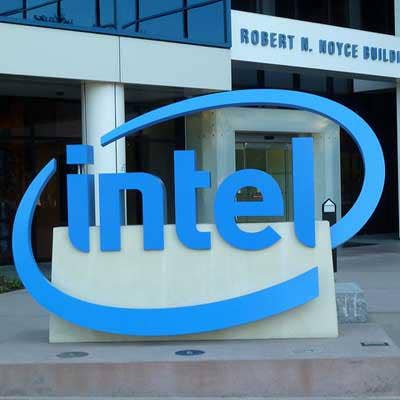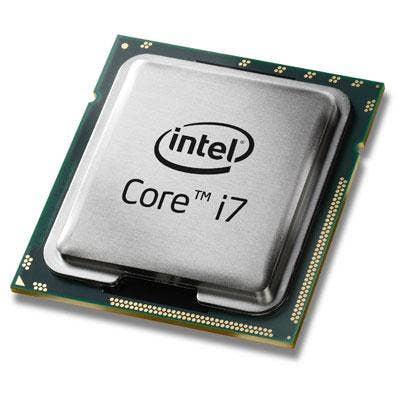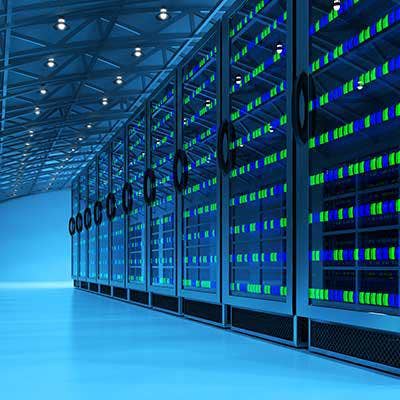5 Things Partners Want To Hear About Intel's Restructuring Efforts

Has The Restructuring Paid Off?
About a year ago, during Intel's first quarter earnings call in 2016, CEO Brian Krzanich announced the company would cut 12,000 jobs as part of an initiative to "intensify focus in high-growth areas where it is positioned for long term growth."
The Santa Clara, Calif.-based company said that it would move its focus beyond its traditional PC market into new areas, like the Internet of Things and cloud services.
Today, Intel is announcing its first quarter earnings in 2017 – and partners are wondering if the company is on track to capitalize on these changes.
As the company reports earnings, Intel is expected to post earnings of 65 cents a share, about 20 percent higher than the same quarter a year ago, according to analysts surveyed by Thomson Reuters.
Following are five of the biggest questions Intel partners have as Intel reports its first quarter earnings tonight.

Future Of The Client Compute Group
While Intel has looked to lessen its dependence on PCs, a portion of its channel partners are system builders who want to hear what areas of opportunity the chip company sees in its Client Compute Group – such as the enthusiast market or small form factor products.
Beyond the sluggish PC market, Intel also faces increased competition from other chip makers, like AMD – posing another challenge to its Client Compute Group.
Intel, for its part, said it expects mid-single digit growth for its Client Compute Group.

New Segments
Over the past few months, Intel has shown it is broadening its portfolio of technologies with the creation of two new businesses. In March, the company launched a new Artificial Intelligence group, which it said would align resources including engineering, labs, software and other products to build out its AI portfolio under vice president and general manager Naveen Rao.
Meanwhile, in January the Santa Clara, Calif.-based company unveiled the Go Automotive 5G Platform, the industry's first 5G-ready test platform for the automotive industry. This platform will enable automakers to develop and test a wide range of use cases and applications around 5G.
Partners and analysts will be curious to hear what Krzanich has to say about the chip giant's new investments.

Internet Of Things
Intel has been heavily investing in the Internet of Things over the past year – the company just unveiled an IoT retail platform that marks a $100 million investment.
Last quarter, Intel's Internet of Things Group saw growth, increasing 16 percent year-over-year to $726 million. Partners will be watching out for any mention of opportunities for the channel in the IoT space.

Data Center
Intel has said it wants to invest further in Data Center as part of its restructuring efforts – and partners will be watching its earnings to see if these investments are apparent.
Last quarter, Intel saw strong growth in its Data Center Group, which rose 8 percent year-over-year to $4.7 billion. According to Intel, Data Center platform volumes were up 3 percent and the platform average selling prices were up 4 percent in the fourth quarter over last year.
However, in January the chip giant lowered estimates for annual revenue growth in its Data Center business from low double digits to high single digits. Partners will be eyeing earnings to see how Intel will deal with its "enterprise and government" segments within the DCG business.

Investment In Memory
Partners will be looking out for any mention Intel's investment in its memory segment – and how the company is dealing with the global shortage and spiking prices of NAND supplies.
The company in March unveiled new flash storage devices based on its Optane memory technology designed to bridge the gap between high-performance DRAM and lower-cost NAND memory. Optane technology's first commercially available application, the Intel Optane SSD DC P4800X, will be available in the second half of 2017, according to Intel.
Also in March, the company warned channel partners that demand for SSDs is expected to outstrip supply for all of 2017, forcing the company to prioritize its production for data center SSDs over lower-cost consumer SSDs. Partners will be looking out for any updates on the shortage that the SSD and NAND memory industry is experiencing record demand across all markets.